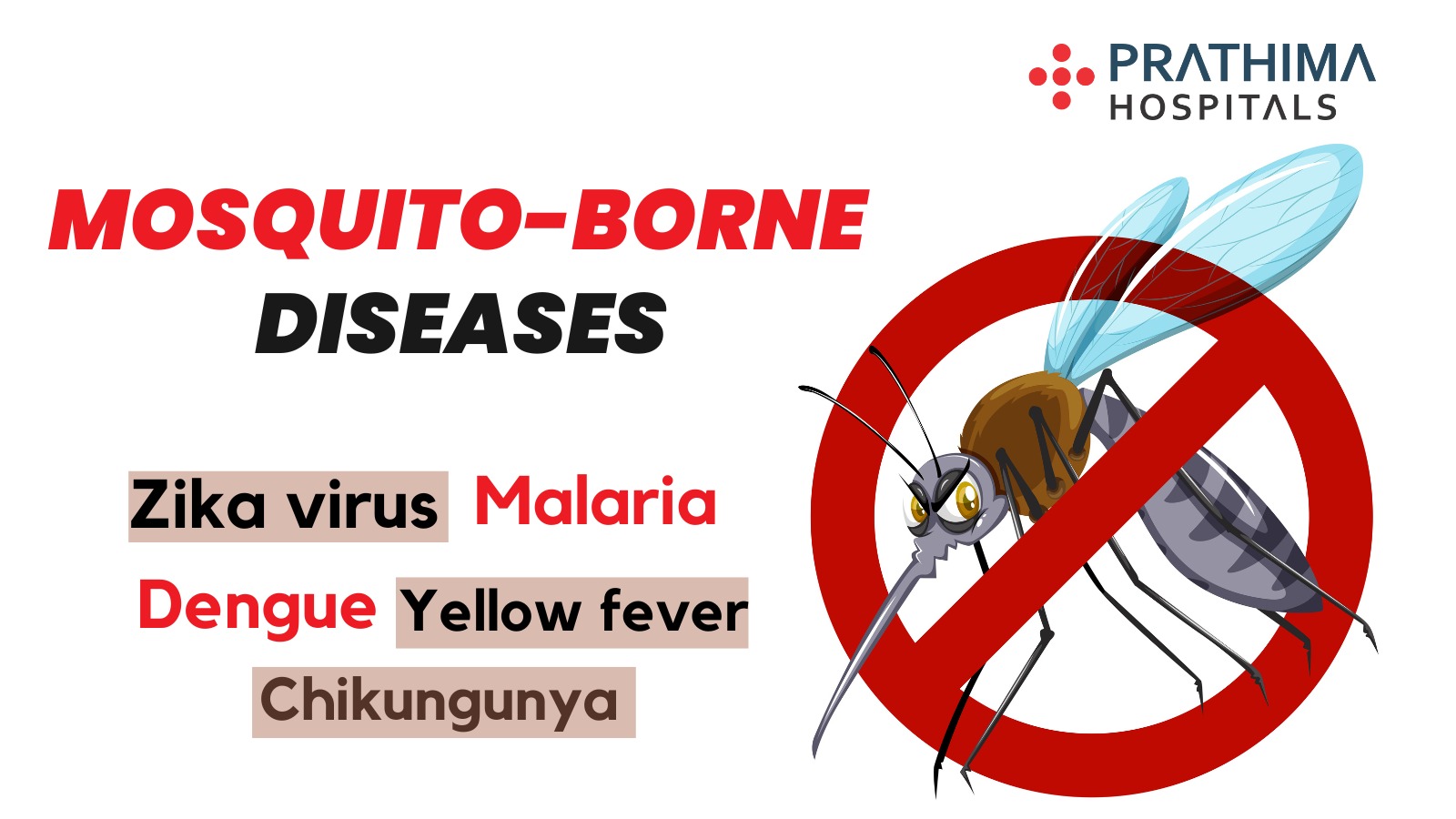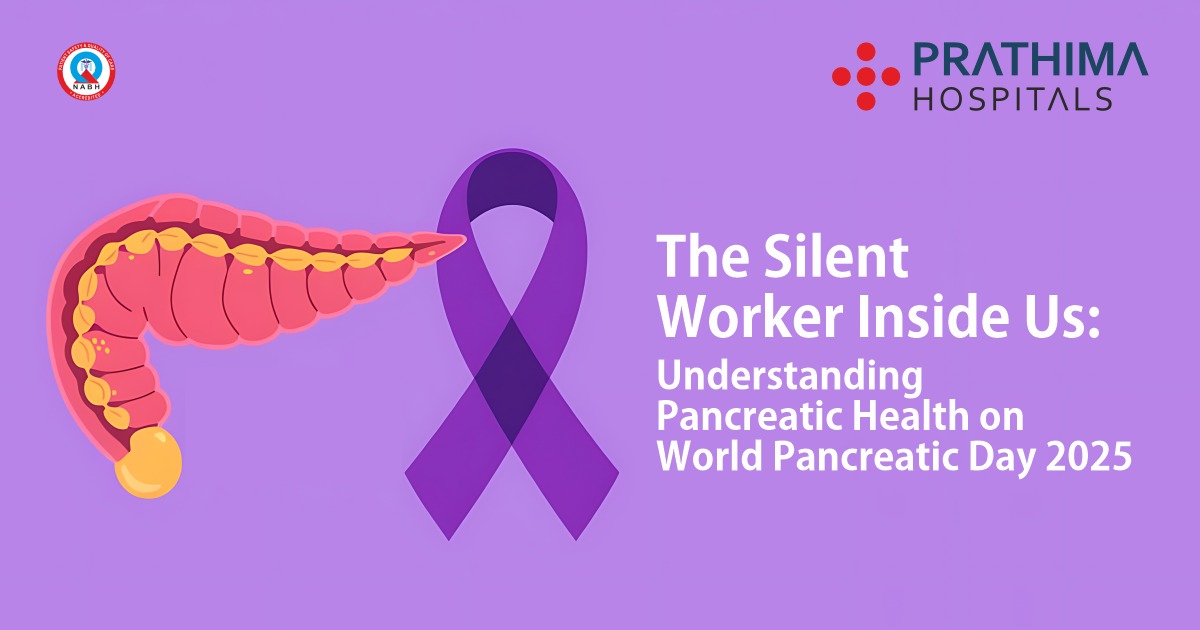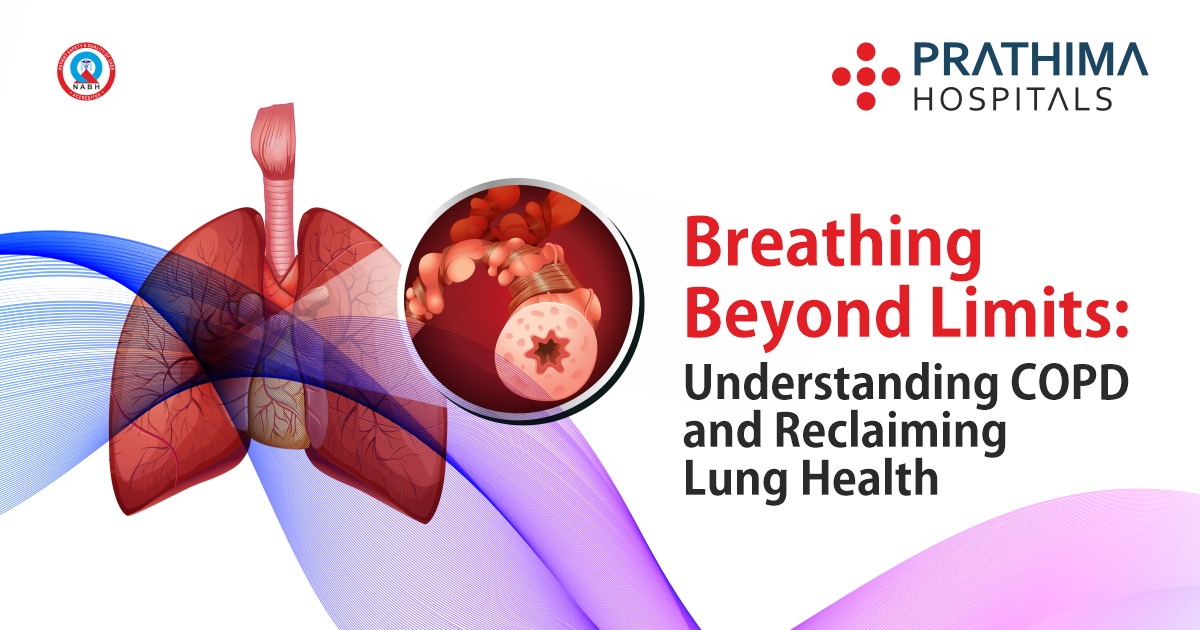Mosquito-Borne Diseases are Increasing Due to Climate Change

Mosquito Borne Diseases
Introduction:
Climate change, an undeniable reality of our time, poses numerous threats to the global ecosystem. One of the most concerning consequences is the increased risk of mosquito-borne viral diseases. As the Earth’s climate continues to warm, mosquitoes thrive in previously inhospitable regions, expanding their territories and intensifying the transmission of diseases such as dengue fever, Zika virus, chikungunya, and malaria as per the Best General Physician in Hyderabad. This article delves into the intricate relationship between climate change and the rise of mosquito-borne viral diseases, highlighting the key factors that contribute to this alarming trend.
1. The Impact of Climate Change on Mosquito Habitats:
The impact of climate change on mosquito habitats is a critical factor contributing to the growing risk of mosquito-borne viral diseases. Mosquitoes are highly sensitive to changes in temperature, rainfall patterns, and humidity levels, and their ability to thrive and reproduce is directly influenced by these climatic factors.
- Expanding Suitable Habitats: As global temperatures continue to rise, previously unsuitable habitats become more favourable for mosquitoes. Mosquito species that were once restricted to specific regions can now colonize new areas due to the warming climate. Warmer temperatures allow mosquitoes to survive in higher latitudes and altitudes, extending their geographic range and exposing new populations to the risks of mosquito-borne diseases.
- Prolonged Breeding Seasons: Altered precipitation patterns associated with climate change can result in prolonged periods of rainfall or drought. As a result of these changes, mosquitoes have ideal breeding conditions. Heavy rainfall leads to the formation of stagnant water bodies, such as puddles and ponds, which serve as breeding sites for mosquitoes. Extended periods of drought also create stagnant water bodies as rivers and lakes dry up, concentrating mosquito populations in limited water sources. The increased availability of breeding sites enhances mosquito reproduction and population growth.
- Changes in Water Availability: Changes in rainfall patterns and evaporation rates affect water availability and quality, impacting mosquito breeding habitats. In areas experiencing increased rainfall, there is an abundance of standing water, facilitating mosquito breeding. Conversely, regions facing drought may have limited water resources, leading to the concentration of mosquito populations in the remaining water sources. Furthermore, variations in water quality, such as increased salinity or pollution, can influence the suitability of breeding habitats for mosquitoes.
- Altered Vegetation and Land Use: According to the Best General Physician in Kukatpally climate change can also influence vegetation patterns and land use, indirectly affecting mosquito habitats. Changes in temperature and rainfall can impact the distribution and composition of vegetation, altering the availability of suitable resting sites and food sources for mosquitoes. Deforestation and urbanization, often driven by human activities, can create new habitats and microclimates that favour mosquito breeding and population growth. Additionally, the construction of dams and irrigation systems can lead to the creation of artificial water bodies, providing additional breeding sites for mosquitoes.
- Impact on Mosquito Species Composition: Climate change can also impact the composition of mosquito species within a given region. Different mosquito species have varying preferences for temperature, humidity, and vegetation types. As climatic conditions shift, certain species may become more abundant, while others may decline or move to new areas. Changes in species composition can alter the transmission dynamics of mosquito-borne diseases, as different mosquito species may have varying abilities to transmit specific viruses.
The impact of climate change on mosquito habitats is multifaceted and complex. The expansion of suitable habitats, prolonged breeding seasons, changes in water availability, alterations in vegetation and land use, and shifts in mosquito species composition all contribute to the increased risk of mosquito-borne viral diseases. Understanding these dynamics is crucial for developing effective strategies to mitigate the spread of these diseases in the face of a changing climate.
2. Altered Mosquito Behavior and Breeding Patterns:
Climate change disrupts the natural behaviours and breeding patterns of mosquitoes. Rising temperatures accelerate the developmental cycle of mosquitoes, shortening the time it takes for them to mature from larvae to adults. Consequently, this hastened maturation leads to a higher population density and a more rapid transmission of viral diseases. Additionally, increased temperatures can influence the biting behaviour of mosquitoes, enhancing their aggressiveness and extending their active periods, which escalates the risk of disease transmission to humans.
3. Changing Geographic Distribution of Mosquito-Borne Diseases:
The geographical distribution of mosquito-borne diseases is no longer confined to specific regions. Warmer temperatures enable mosquitoes to move into higher latitudes and altitudes, putting previously unaffected areas at risk. Malaria, for instance, has extended its reach to higher elevations in East Africa and South America. Similarly, dengue fever has expanded beyond tropical regions into subtropical and even temperate zones. As climate change continues, the map of mosquito-borne diseases continues to shift, exposing new populations to these health threats.
4. Amplifying the Vector Competence of Mosquitoes:
Amplifying the vector competence of mosquitoes is another significant consequence of climate change that contributes to the growing risk of mosquito-borne viral diseases. Vector competence refers to the ability of mosquitoes to acquire, replicate, and transmit a specific virus. Climate change influences several factors that enhance the vector competence of mosquitoes, making them more effective carriers of viral diseases.
- Increased Viral Replication: Higher temperatures associated with climate change can accelerate the replication rates of viruses within mosquitoes. Warmer temperatures shorten the incubation period of viruses within the mosquito’s body, leading to a higher viral load. As a result, mosquitoes become more infectious and have an increased capacity to transmit the virus to humans during subsequent blood meals as said by the Best General Physician in Kachiguda. The amplification of viral replication within mosquitoes intensifies the risk of disease transmission and can lead to more severe outbreaks.
- Enhanced Viral Transmission Efficiency: Climate change can influence the efficiency of viral transmission from mosquitoes to humans. Elevated temperatures can impact the physiological processes within mosquitoes, making them more efficient vectors. For instance, increased temperatures can enhance the replication of the virus in the mosquito’s salivary glands, resulting in a higher viral load in their saliva. This increased viral load improves the likelihood of successful transmission when a mosquito bites a human host.
- Altered Mosquito Feeding Behavior: Mosquitoes exhibit complex feeding behaviours influenced by climate factors. Rising temperatures associated with climate change can affect the behaviour of mosquitoes, including their host-seeking and feeding patterns. Higher temperatures can increase mosquito activity, extending their feeding periods and making them more aggressive in seeking blood meals. These changes in behaviour can lead to a higher frequency of mosquito-human interactions, increasing the opportunities for disease transmission.
- Impact on Mosquito Immunity: Climate change can also influence the immune response of mosquitoes, affecting their ability to control viral infections. Mosquitoes have an immune system that helps combat pathogens, including viruses. However, variations in temperature and other climate factors can compromise the mosquito’s immune response, making them more susceptible to viral infections and reducing their ability to clear the virus from their bodies. This compromised immune response allows the virus to replicate and persist within the mosquito, increasing the likelihood of transmission to humans.
- Evolutionary Adaptation: Climate change can drive evolutionary adaptations in mosquito populations, potentially favouring those with increased vector competence. Mosquitoes with genetic traits that enhance their ability to transmit viruses may have a selective advantage in a changing climate. Over time, these genetically adapted mosquitoes may dominate the population, leading to an overall increase in the vector competence of the mosquito population and the potential for more efficient disease transmission.
The amplification of vector competence in mosquitoes due to climate change significantly contributes to the spread and intensity of mosquito-borne viral diseases. Increased viral replication, enhanced transmission efficiency, altered feeding behaviour, impact on mosquito immunity, and potential evolutionary adaptations all work together to heighten the risk of disease transmission from mosquitoes to humans. Understanding these mechanisms is vital for developing effective strategies to mitigate the impact of mosquito-borne diseases in the context of a changing climate.
5. Societal and Ecological Implications:
The growing prevalence of mosquito-borne viral diseases carries significant societal and ecological implications. As said by the Best General Physician in KPHB, in affected regions, these diseases impose an immense burden on healthcare systems, straining resources and infrastructure. Moreover, communities heavily reliant on agriculture may suffer economic losses due to reduced productivity and workforce incapacitation. Ecologically, the disruption of natural ecosystems and the loss of biodiversity caused by these diseases can have cascading effects on food chains, ecosystem stability, and overall ecosystem services.
Conclusion:
Climate change is undeniably fueling the rise of mosquito-borne viral diseases, posing a significant threat to human health and well-being. The expanding geographic distribution, altered behaviours, and increased vector competence of mosquitoes are direct consequences of a changing climate. Urgent and concerted efforts are needed to mitigate climate change and its impact on mosquito populations. Simultaneously, comprehensive strategies encompassing vector control, public health interventions, and community engagement are imperative to combat the growing risks associated with these diseases. By addressing both climate change and the spread of mosquito-borne viral diseases, we can strive towards a healthier and more sustainable future.
.
.
.
.
.
For more details:
📞:: 733 733 6600 | 040 4345 4345
🌐:: https://prathimahospitals.com/book-appointment/






Warning: Undefined variable $req in /home/u885608126/domains/prathimahospitals.com/public_html/wp-content/themes/prathimahospitals/functions.php on line 294
Warning: Undefined variable $commenter in /home/u885608126/domains/prathimahospitals.com/public_html/wp-content/themes/prathimahospitals/functions.php on line 295
Warning: Trying to access array offset on value of type null in /home/u885608126/domains/prathimahospitals.com/public_html/wp-content/themes/prathimahospitals/functions.php on line 295
Warning: Undefined variable $aria_req in /home/u885608126/domains/prathimahospitals.com/public_html/wp-content/themes/prathimahospitals/functions.php on line 295
Warning: Undefined variable $req in /home/u885608126/domains/prathimahospitals.com/public_html/wp-content/themes/prathimahospitals/functions.php on line 298
Warning: Undefined variable $commenter in /home/u885608126/domains/prathimahospitals.com/public_html/wp-content/themes/prathimahospitals/functions.php on line 299
Warning: Trying to access array offset on value of type null in /home/u885608126/domains/prathimahospitals.com/public_html/wp-content/themes/prathimahospitals/functions.php on line 299
Warning: Undefined variable $aria_req in /home/u885608126/domains/prathimahospitals.com/public_html/wp-content/themes/prathimahospitals/functions.php on line 300
Warning: Undefined variable $commenter in /home/u885608126/domains/prathimahospitals.com/public_html/wp-content/themes/prathimahospitals/functions.php on line 303
Warning: Trying to access array offset on value of type null in /home/u885608126/domains/prathimahospitals.com/public_html/wp-content/themes/prathimahospitals/functions.php on line 303